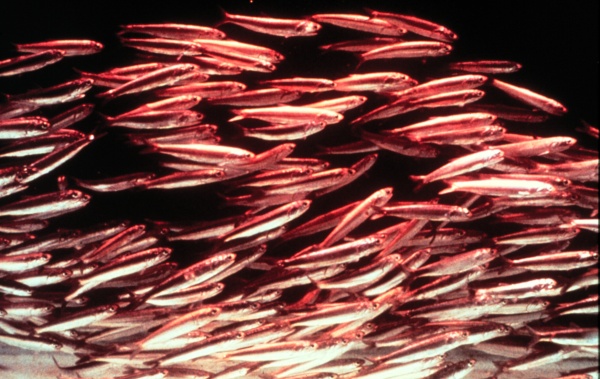LEOPARD SHARK – PHOTO BY CHAD KING, MONTEREY BAY NATIONAL MARINE SANCTUARY
Comparing the eastern Pacific Ocean with the wildlands of the African Serengeti, a team of researchers have discovered some eye-opening facts about life in the world’s largest ocean – information that could very well direct public policy, recreation-seekers and conservationists – and may provide fodder for some upcoming spooky big-budget James Cameron flick about the deep sea.
As published in the online version of the journal Nature, the Census of Marine Life’s Tagging of Pacific Predators (TOPP) project tracked the movements and activities of 23 different species of ocean predators for a decade, including one salmon shark for more than 3 ½ years. Scientists tagged 4,036 critters and mapped out seasonal and specific migration corridors – aka ocean “freeways” – used by sharks, seabirds and the like.
According to the Washington Post:
…But the census’s greater value might be in advancing knowledge of a largely uncharted underwater world on which we increasingly depend. …the value of methodology… can be adapted to unlock key secrets of the deep elsewhere around the world.
“It’s precedent-setting. It’s a tremendous tool for conservation and management,” said Jesse Ausubel, vice president of the Alfred P. Sloan Foundation and co-founder of the Census of Marine Life. “We were literally blind. We can now see. We know what’s underneath now.”
All in all, 75 researchers from five countries worked on the $20-$25 million project that along with tracking marine life, examined the ocean’s chlorophyll content and the overall nature of the waters through with the predators moved.
Researchers mapped out two main corridors: a California Current which flows south along the Western coastlines of the U.S., Canada and Mexico; and the North Pacific Transition Zone, a trans-oceanic migration highway which connects the western and eastern Pacific sandwiched between sub-arctic and subtropical waters.
Revealing that the West Coast is a hot spot for open ocean predators in the world, the study indicates that animals do indeed have their favorite hangouts, areas they keep coming back to at certain times of the year – mainly for, you guessed it, food.
With a watery banquet set with krill, sardines, anchovies and squid, the California Current entices diverse hungry creatures including Japanese tuna, Indonesia leatherback turtles and New Zealand birds.
“They have their favorite haunts, they clearly have the places they keep going back to,” said [Barbara Block of Stanford University’s Hopkins Marine Station, the lead author of the study.]
“The upwelling [of nutrients] is so intense there in the springtime it really sets the table for the whales, the tuna and the sharks. They come and lunch at that table, from everywhere in the entire Pacific realm.”
As it happens, many of these long-distance commuters are traveling in North American economic zones; now policy-makers in U.S., Canada and Mexico will have precise documentation and information on hand as they work to protect these busy, busy waters.
We say, let the lobbying begin!
SARDINES -- PHOTO FROM OAR, NATIONAL UNDERSEA RESEARCH PROGRAM


